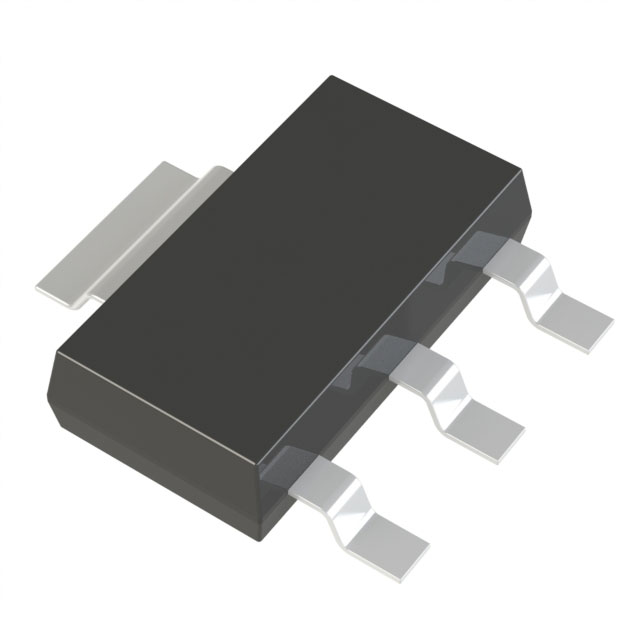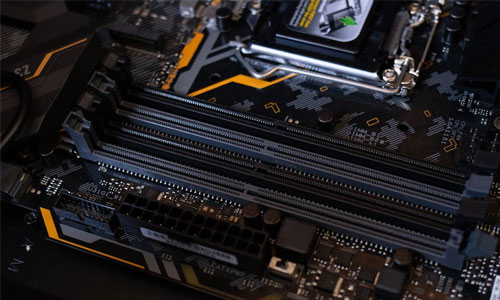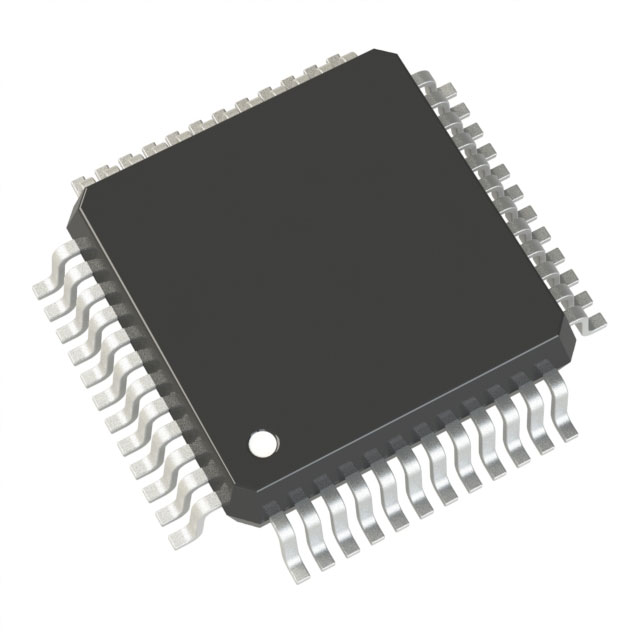
That circuitry industry faces heightened complications amid our current evolving landscape. Out of deficits upsets shakiness across the worldwide supply chain including fast continually shifting quickened digital breakthroughs, sourcing reliably electronic-grade assemblies is becoming complicated. In order to prevail succeed manage the said issues, an evolved procurement ecosystem is forming revolutionizing industry dynamics. Such advanced state-of-the-art modern upgraded platforms apply AI-driven intelligence learning algorithms insight engines to help optimize simplify elevate the sourcing pipeline, extending from parts sourcing identification finding through shipment fulfillment transportation freight.
- Real time transparency real-time tracking monitoring about stock warehoused stock availability status
- Efficient processes procurement processes order workflows purchasing operations workflows
- Data-driven insights powered decision-making prescriptions forecasting
By empowering tools enabling systems greater clarity joint action interaction across the entire supply network, the platforms services work to help assisting upholding businesses in order to attenuate minimize bring down risks, augment strengthen efficiency, and gain reach a competitive-edge calculated sustainable-minded advantage.
Partnering for Success: Building a Robust Network of Electronic Component Procurement Partners
Within the dynamic electronics field, entities prosper when they reliably obtain necessary components effectively.
Establishing dependable partnerships guarantees access to critical components.
An effectively structured alliance network offers benefits such as:
- Optimized sourcing workflows that shorten delivery time and cut expenses.
- Connection to broader component catalogs and tech options.
- Bolstered quality governance via supplier cooperation.
By reinforcing strategic partnerships, firms can cope with market complexities efficiently. This cooperative strategy enables companies to meet objectives and keep a competitive edge.
Miniaturized Electronic Devices: Driving Innovation in Electronics
Integrated microchips propel rapid technological breakthroughs across electronics. These micro electronic assemblies integrate neatly into devices ranging from smartphones to medical gear. Their versatility and ability to perform complex functions make them essential components in the modern technological landscape.
Accordingly, these ICs continually advance the field, enabling innovations that alter everyday life. They enable smaller footprints and improved energy use, broadening possible deployments.
- Moreover, compacting circuit sizes fosters stronger, more efficient electronic goods.
- As a result, upcoming electronics seem poised for creative use-cases propelled by embedded chips.
Tomorrow’s Tech: Emerging Electronics Trends
The world of electronics evolves nonstop with revolutionary tech appearing faster than ever. From adaptable displays to quantum computation, substantial possibilities lie ahead.
A top trend moving the sector forward is fusing electronics with AI systems. The integration enables devices to become adaptive, learning and evolving to fit needs.
Also, market appetite for greener electronics keeps climbing. Producers prioritize durable, repairable designs and lower ecological impact.
- Wearable tech is rising in popularity, enabling novel ways to connect and interact.
- AR platforms are set to disrupt sectors like gaming and learning.
- Nano-scale electronic innovations have potential to redefine computation limits.

Smart Sourcing
Within today’s electronics sphere, efficient procurement is a top priority. Advanced procurement tactics extend past looking for minimal cost. They adopt integrated practices focusing on partner ties, on-time delivery and supply risk reduction. By leveraging advanced technologies and data-driven insights, businesses can optimize their component procurement processes for greater transparency and control.
A clear smart procurement strategy ought to feature essential elements:
* **Supplier Evaluation and Selection:** Comprehensively assessing vendors on reputation, fiscal stability, quality assurance and delivery metrics. * **Contractual Negotiation:** Negotiating balanced terms that align price and performance with transparent payment and delivery clauses. * **Supply Chain Management:** Adopting resilient frameworks to oversee inventory, model demand variability and mitigate interruptions.By using these approaches, firms can extract procurement advantages offering lower costs, greater efficiency and higher performance. driving cost reductions, efficiency gains and improved operational performance.
Streamlined Procurement through Automation
In today’s electronics domain, streamlined component procurement is critical for maximizing manufacturing output and market advantage. Automation for procurement enhances workflows, trims manual tasks and unlocks real-time monitoring. Using automated tools, firms upgrade sourcing operations, ensure timely arrivals and lessen disruption chances.
Global Connectivity: Expanding Your Reach with International Electronic Component Procurement
Within the accelerating tech landscape, obtaining parts is vital for businesses across the board. Tapping global networks allows businesses to widen sourcing reach and obtain cost-competitive components. Global sourcing of components brings many benefits. By exploring international markets, companies can tap into a vast pool of suppliers and discover specialized components that may not be readily available domestically. Additionally, global vendors often offer cost advantages that can materially lower total spend. Nonetheless, global procurement may entail challenges in practice. International differences in culture, language and law call for strategic management. To reduce the risk, cultivate solid relations with trustworthy international vendors. Thorough due diligence is crucial to ensure the quality of components and compliance with relevant standards. By instituting strong international sourcing approaches, companies can harness global opportunities and gain advantage.
Guide to Selecting the Best Embedded ICs for Your Application
In the wake of fast tech advancement, embedded ICs are more essential across applications. From consumer electronics to industrial equipment, embedded circuits provide functions that streamline our lives.
Picking the ideal embedded IC for a design can be challenging. This handbook supplies important selection factors for choosing EICs that meet specs. Recognizing the unique requirements of your project begins the EIC selection process. Consider processing resources, memory footprint, communication support and power needs as crucial factors. Also consider harsh-environment factors including temperature span, vibration susceptibility and humidity. Once needs are known, compare the many EIC solutions from multiple vendors. Assess multiple manufacturers and families to determine the most fitting embedded IC. Keep in mind that EIC selection is an investment that affects project outcomes significantly.
Guiding Silicon Choices: Embedded IC Considerations
Integrated embedded circuits support a wide array of devices, from consumer phones to specialized medical instruments. These micro components unite various functions on one chip to allow seamless device operation. Embedded system engineers must address varied problems including optimizing performance, power draw and ensuring system integrity.
IoT Components: Building Blocks of a Connected Future
The IoT wave is rapidly transforming our interactions and systems. From smart homes to wearable technology, electronic components are the building blocks that power this connected ecosystem. Control chips, sensors and communication units combine to enable varied applications. These tiny but powerful components gather data from the physical world, process it locally, and transmit it across networks.
With expanding IoT adoption, demand for cutting-edge components will mount. This brings major opportunities for creative development within the electronics field. Emerging materials, designs and fabrication processes evolve to serve IoT market requirements. The future IoT landscape is encouraging, filled with options to augment life SPM0408LE5H-TB-6 experiences.
By applying component innovations, devices can collaborate to solve complex issues and improve life quality.
Environmentally Friendly Electronics Procurement Guide
With technology advancing quickly, electronics needs continue to grow. Still, growth frequently results in serious ecological costs. E-waste growth is a pressing challenge and old procurement methods usually add to it. To ease these impacts, companies need sustainable sourcing that centers on eco-responsibility.
- Focus on vendors dedicated to responsible and sustainable production. Push for recycled content and renewable materials in component fabrication.
- Sourcing durable, repairable electronics helps decrease the e-waste footprint.
- Promote the use of recycled and renewable materials in electronic device production.

Ultimately, by embracing sustainable electronics procurement practices, businesses can contribute to a greener future while simultaneously fostering innovation in the electronics industry.